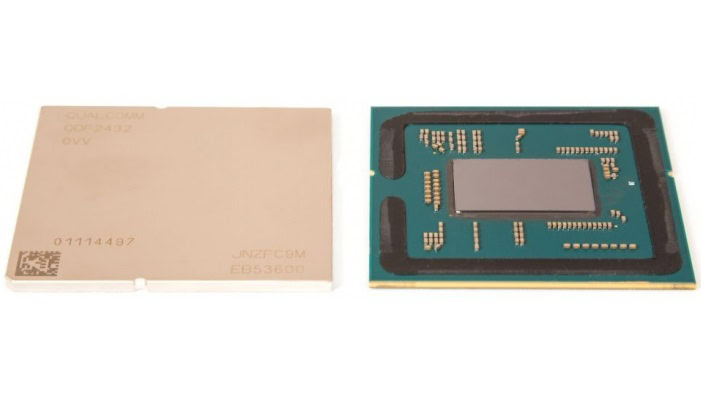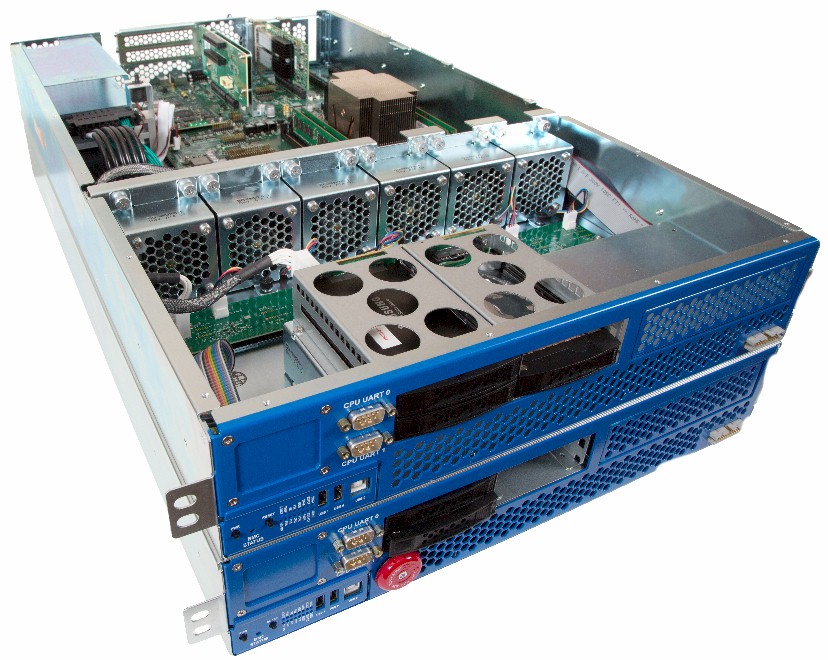Affiliate links on Android Authority may earn us a commission. Learn more.
Qualcomm demos 24 core ARM based server processor

To coincide with the live demonstration of what Qualcomm is calling its Server Development Platform (SDP), the SoC maker has started sampling the new processor to its tier-one data center clients. The new pre-production server chip includes 24 cores based on the 64-bit ARMv8-A instruction set.
Qualcomm has been working on this server processor for two years now and the first production single-chip server SoCs will include a full custom core.
And this is exactly the target that Qualcomm is aiming for. It sees its server platform tackling some of the common data center workloads, including Infrastructure-as-a-Service (IaaS), Platform-as-a-Service (PaaS), big data and machine learning.
Qualcomm has been working on this server processor for two years now and the first production single-chip server SoCs will include a full custom core to make it “one of the most advanced server-class SoCs on the market.” The key here is to note that the SDP uses a custom core. It isn’t clear if the pre-production version is using a standard core like the Cortex-A57 or Cortex-A72, however the production version will be using a Qualcomm designed core. We know that Qualcomm are working on a custom mobile core for the Snapdragon 820, how much of that core is shared with the SDP core is unknown.

According to Anand Chandrasekher, a senior president of Qualcomm’s data center group, said that the SDP doesn’t use the Kryo core from the Snapdragon 820, but rather it uses a completely different core design. Personally I find that a little hard to accept, as it means that Qualcomm is currently working on two 64-bit custom ARM based cores, without any sharing between the two teams.
As you would expect, the server demonstrated by Qualcomm was running Linux. The SDP was shown running with Linux kernel version 4.2 along with virtualization, OpenStack DevStack for OpenStack cloud orchestration, guest virtual machines running a standard Linux distribution, plus an Apache web server with WordPress.
Intel’s data center division registered $3.85 billion of sales for Q2 2015, which was 29 percent of the company’s total revenue and 64 percent of its operating income.
To get some perspective on the importance of the server market, Intel’s data center division registered $3.85 billion of sales for Q2 2015, which was 29 percent of the company’s total revenue and 64 percent of its operating income.
While this news is very tantalizing, there are of course lots of unanswered questions about the performance of the new server cores and their thermal envelope. Also Qualcomm has not revealed what manufacturing process it is using to make chips (other than the say that it is FinFET based) nor are there any details on clock speeds or cache memory. However one thing is sure, things are changing in the server room and eventually whatever lessons Qualcomm learns in the server space will trickle down into the mobile space. So hold on to your hats, we are in for one crazy ride!